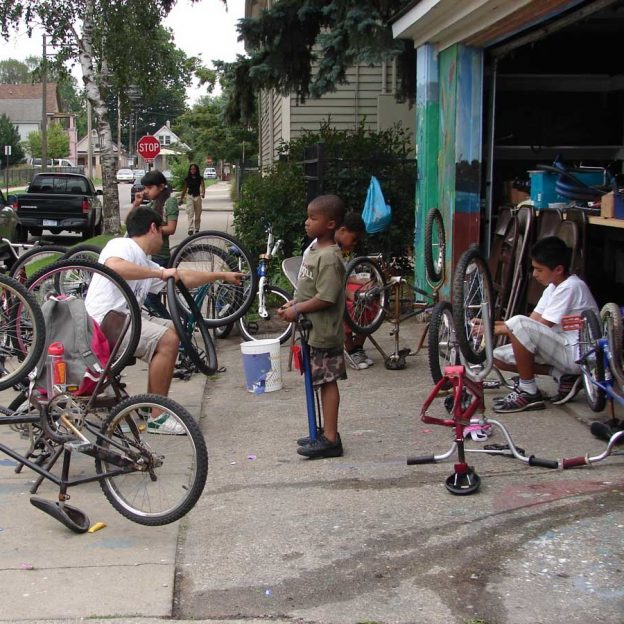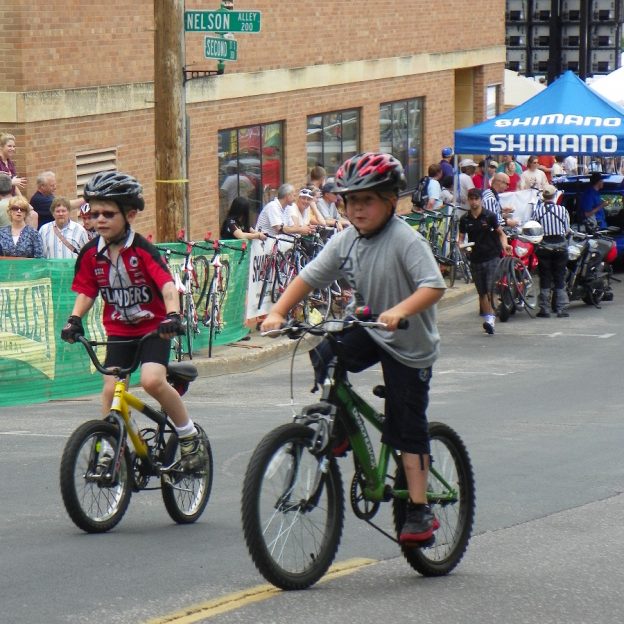Tag: children
-

Teach your child the ancient art of bicycle maintenance
As a parent and tinkerer, one of the most fun activities I share with my two boys is teaching them how bike maintenance works. Now that my older son is riding more and helping me review a bike for HaveFunBiking, the time has come to teach him how a bicycle works. Almost everybody gets the…

